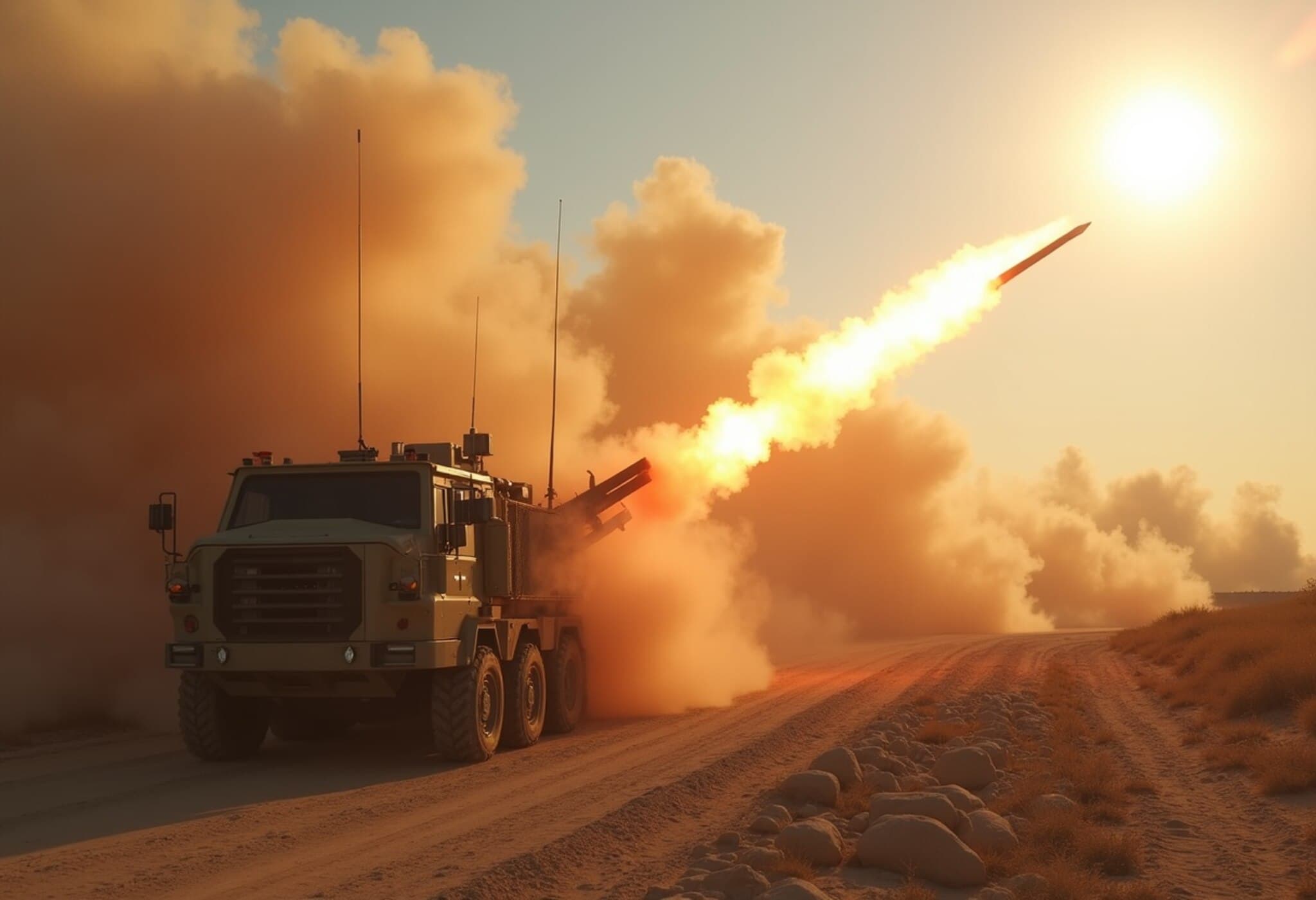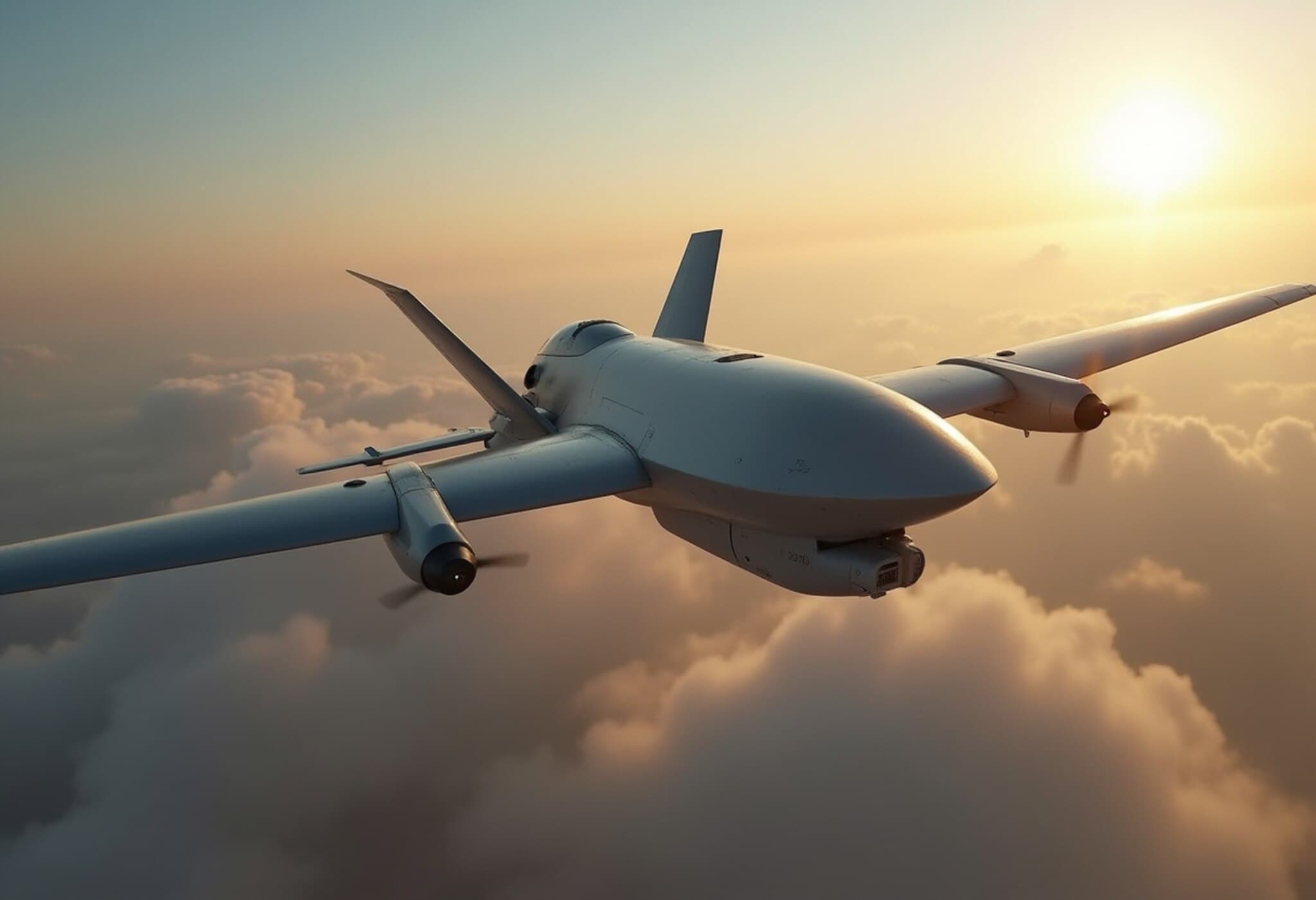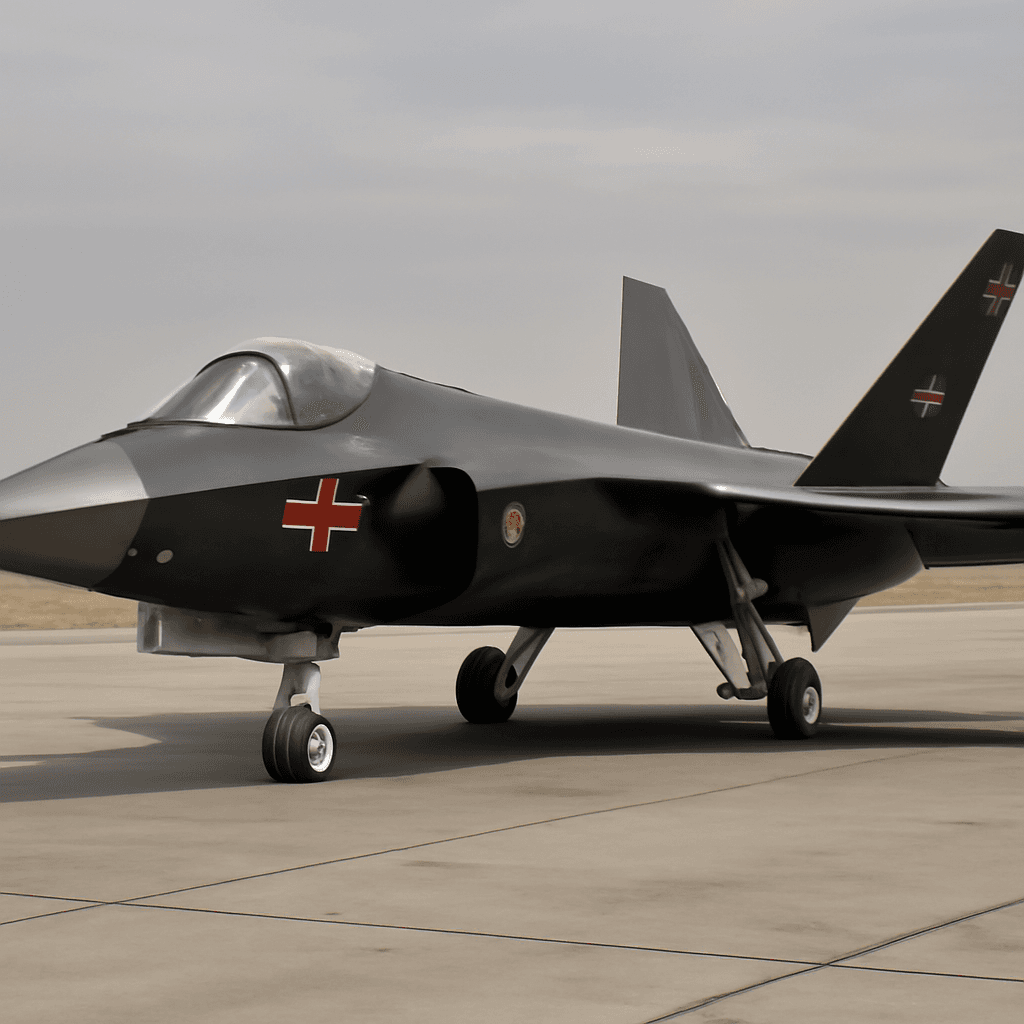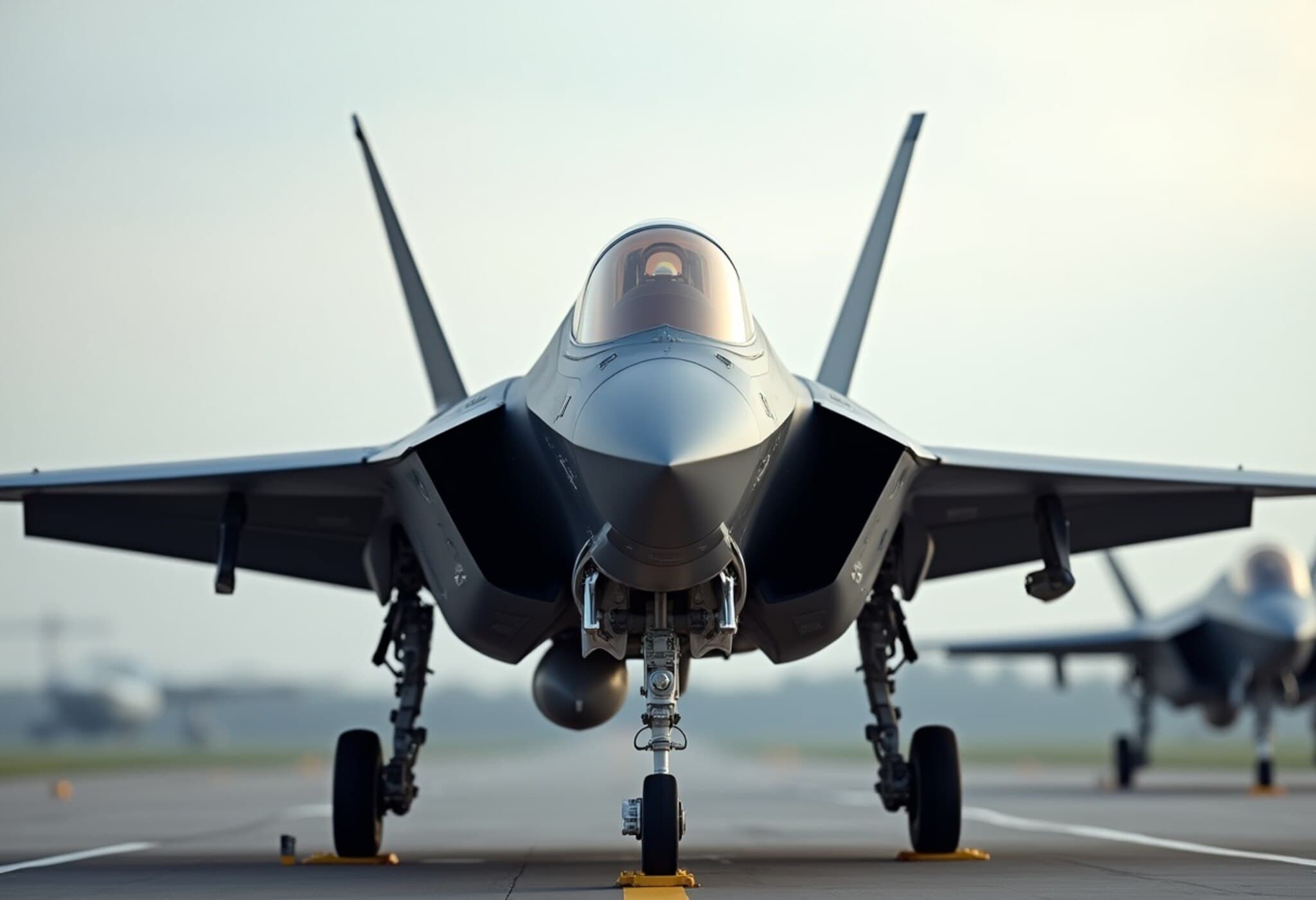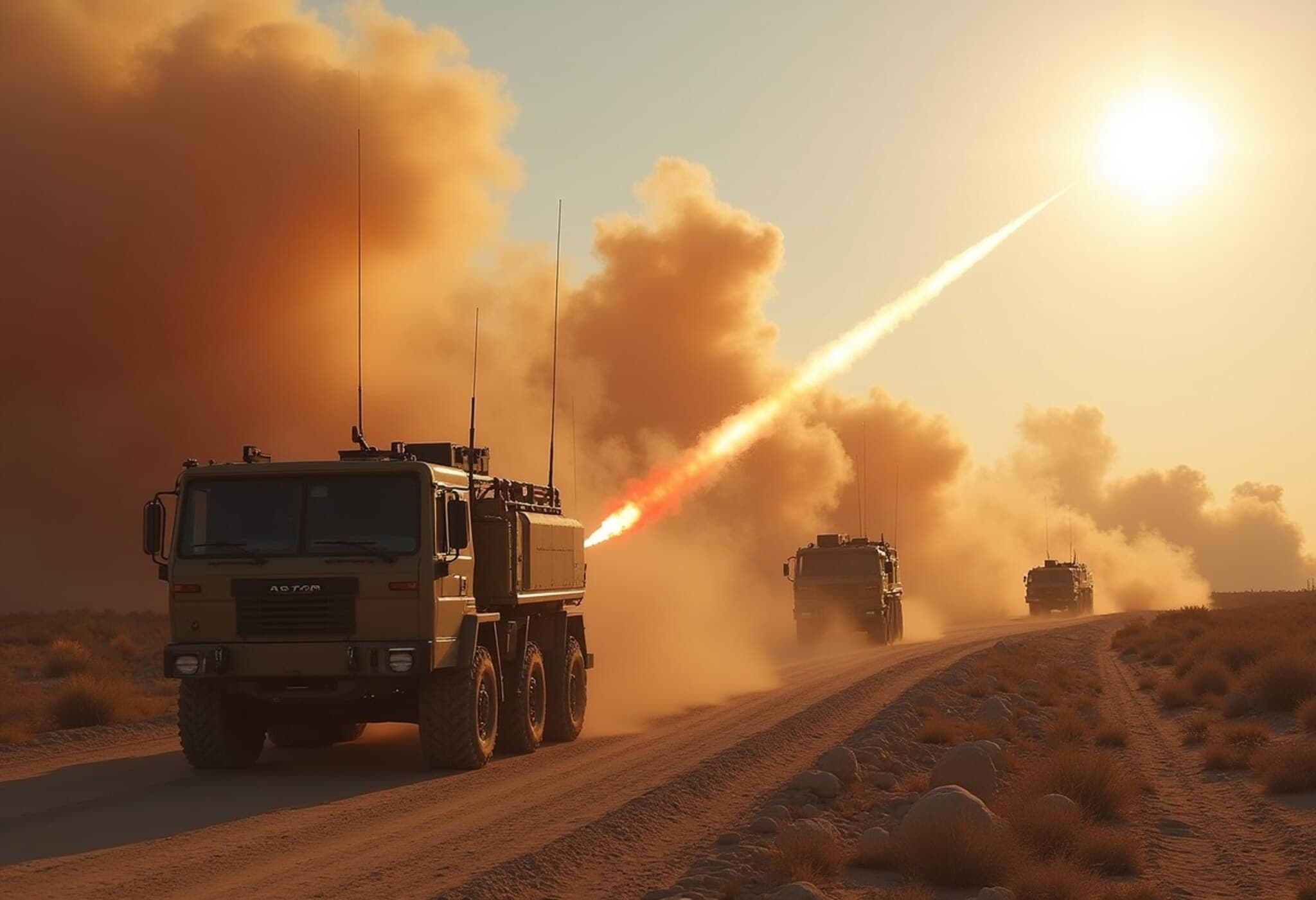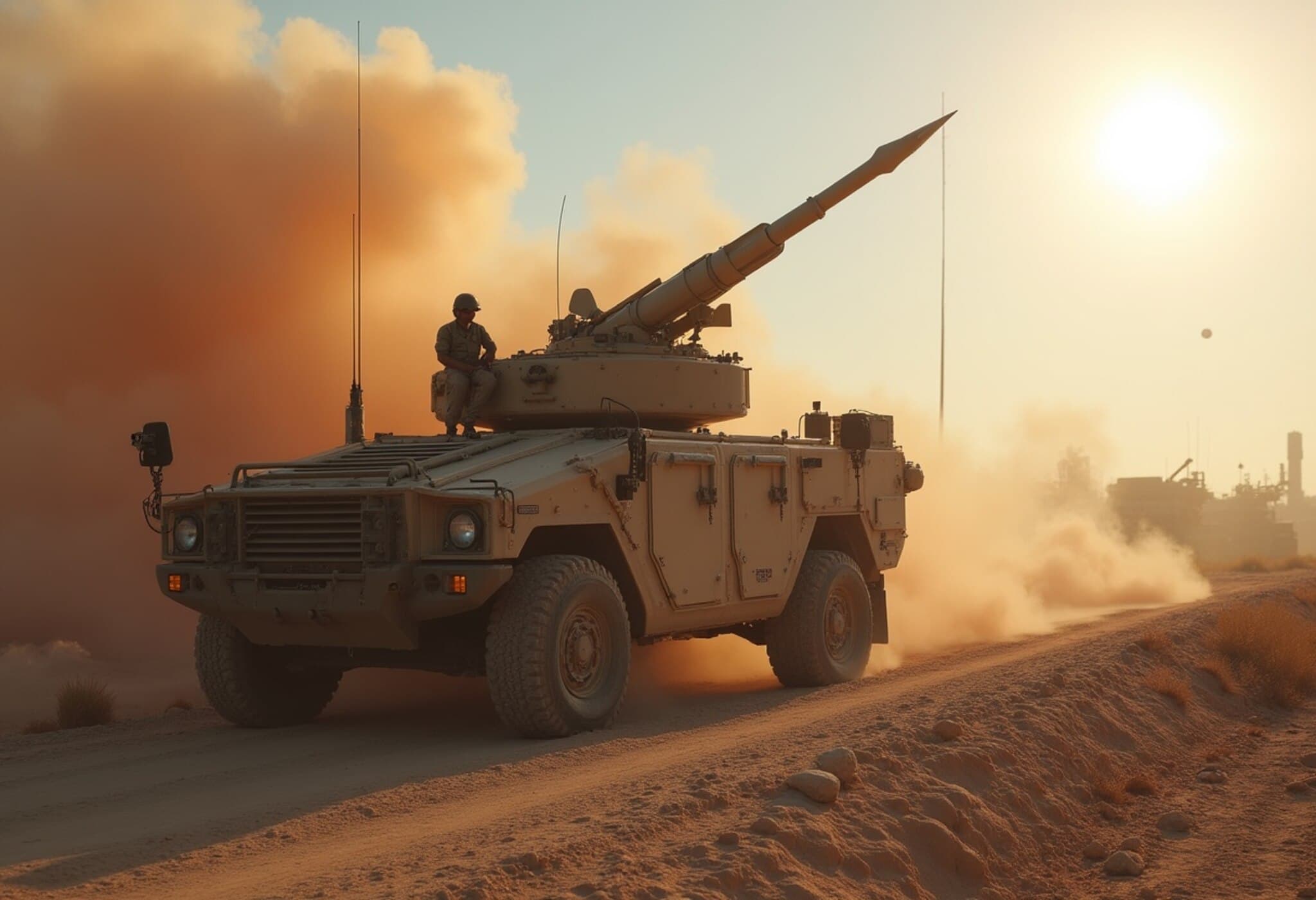Israel's Robust Defense System Against Iranian Missiles
Amid escalating tensions, Israel continues to rely on a sophisticated, multi-tiered missile defense network to protect its territory from Iranian missile and drone attacks. In recent days, Iran has launched hundreds of ballistic missiles and suicide drones targeting Israel, prompting a vigorous defensive response.
Proven Effectiveness With Room for Challenges
An Israeli military official recently noted that the country's defense systems achieve an 80-90% success rate in intercepting incoming threats. While this showcases remarkable capability, no defense can claim complete invulnerability — some Iranian projectiles have managed to penetrate Israel's shield.
Key Components of Israel's Missile Shield
Arrow: Long-Range Defense in and Beyond Atmosphere
The Arrow missile system, with its Arrow-2 and Arrow-3 variants, is Israel’s primary line of defense against long-range ballistic missiles. Designed jointly by Israel Aerospace Industries and Boeing, Arrow-2 works within the atmosphere, while Arrow-3 intercepts threats at higher altitudes beyond the atmosphere. This strategic engagement enables safe neutralization of potentially devastating warheads away from civilian areas.
David’s Sling: The Mid-Range Layer
For intercepting ballistic missiles within a medium range of 100 to 200 kilometers, Israel deploys the David’s Sling system. Developed by Rafael Advanced Defense Systems in partnership with the US-based RTX Corporation, it targets aircraft, drones, cruise missiles, and mid-range ballistic threats, filling an essential gap between Iron Dome and Arrow systems.
Iron Dome: Short-Range Rocket Interception
Iron Dome remains a cornerstone of Israel's air defense, specifically designed to counter short-range rockets and mortars such as those fired by militant groups in Gaza. Operational since 2011 and developed by Rafael with US support, this radar-guided missile system efficiently destroys rockets mid-air but only if they pose a threat to populated zones — otherwise, it conserves resources by allowing harmless projectiles to land.
Notably, in 2017, a naval version of Iron Dome was deployed to secure Israel’s maritime interests. Initially capable of intercepting rockets with ranges up to 70 kilometers, experts observe ongoing enhancements in its coverage and capability.
Augmented Shield: US THAAD System Integration
Last year, the United States supplied Israel with the Terminal High Altitude Area Defense (THAAD) system, which adds another crucial layer against short, medium, and intermediate-range ballistic missiles during their terminal flight phase. This American technology has already aided in intercepting Iranian missiles targeting Israel and includes contributions from US Naval vessels stationed in the Eastern Mediterranean.
Air-to-Air Defenses: Combating Drones and Missiles
In addition to ground-based systems, Israel employs combat helicopters and fighter jets to shoot down hostile drones and missiles before they reach critical areas. Neighboring Jordan’s air force has also recently intercepted missiles violating its airspace, highlighting regional efforts to contain escalating threats.
Conclusion
Israel’s multi-layered defense strategy reflects years of development and collaboration with the United States, combining advanced technologies to counter a spectrum of missile threats. While no system offers complete protection, the impressive interception rates demonstrate resilience amid ongoing regional conflicts.



